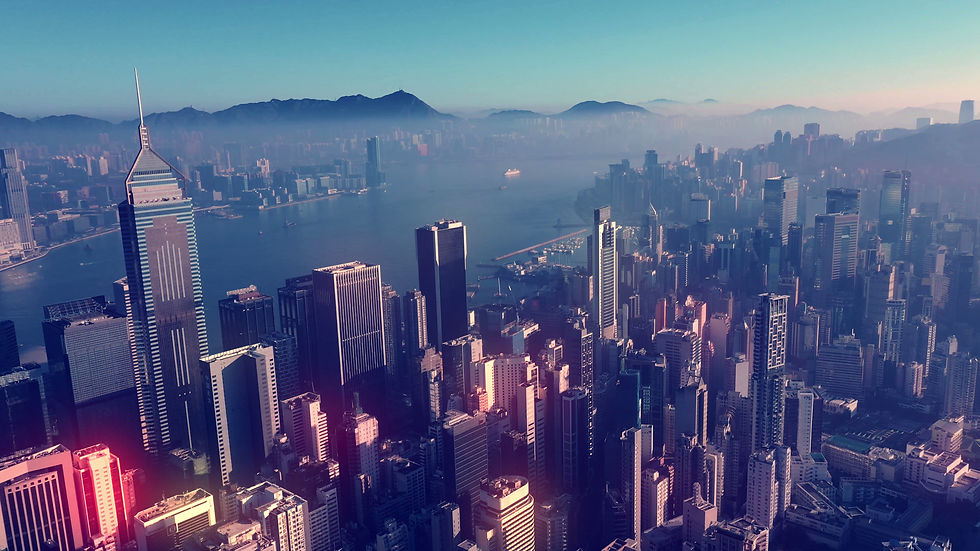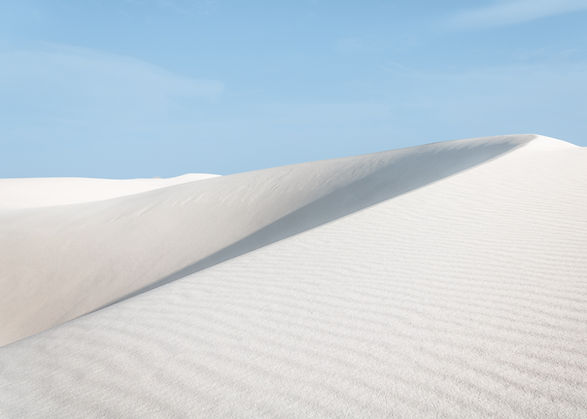
Markerless Object Tracking SDK for Real-World Objects
ModelSet turns your 3D model (GLB/CAD/scan) into a production-ready “object anchor” in minutes—no markers, no fiducials. Publish once, then deploy to Unity, WebXR, iOS and Android with enterprise-grade privacy options (public cloud, private cloud, or fully on-prem). Create object anchors in WebXR with ModelSet.
.png)
How It Works
Model-based object tracking in Unity & WebXR
Upload 3D File
GLP or PLY
Author at true scale (1 unit = 1 m)
Align up = +Y
Pick Tracking Type
360° View
Side View
Upload, Process, Publish
Enable localization and tracking in mobile, tablets, headsets and robots
Why teams choose ModelSet:
Model-based object tracking
-
Sub-5 cm accuracy. Rock-solid anchoring with low drift in busy, changing environments.
-
Scan-agnostic. Works with CAD, GLB/GLTF, or meshes from your reality-capture pipeline.
-
Fast to live. Create a ModelSet, upload, process, and ship—typically in under 10 minutes.
-
Built to scale. Indoors or outdoors, multi-floor, any lighting.
-
Deploy anywhere. Unity, WebXR (browser), iOS, Android, Vision Pro, Quest.
-
Enterprise security. Choose cloud, private cloud, or on-prem/self-hosted.
-
Cross-platform SDKs. Unity • Native iOS & Android • WebXR • ROS bridges.


ModelSet: Track Any Object In Camera FOV
Build real, shippable AR that recognizes the exact object and locks content precisely where it belongs - no markers required. With sub-5 cm anchors from our markerless object tracking SDK, experiences stay rock-solid across Unity, WebXR object anchors, iOS, and Android, so one project ships everywhere.
SDKs & Open APIs
Unity, native iOS & Android, Meta Quest, WebXR and ROS 2 share one binary. Sample scenes, CLI map-uploader, REST/vps/pose and GraphQL map management integrate with any CI/CD. Zero-install endpoints let WebXR & iOS App Clips launch AR from a QR code.
Technical Specs
-
Input formats: GLB/GLTF (CAD and scans convertible)
-
Tracking modes: 360° View, Side View
-
Precision: Sub-5 cm (typical in recommended conditions)
-
Environments: indoor/outdoor, dynamic lighting, multi-floor, large-scale
-
SDKs: Unity, iOS, Android, WebXR; ROS adapters available
-
Privacy: cloud / private cloud / on-prem; opt-ins
Frequently asked questions






